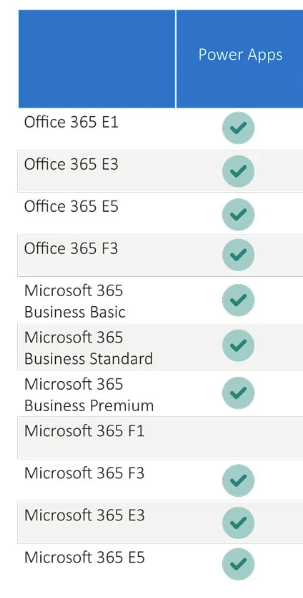We need to talk about... Dynamics 365... Dynamics 365 Contact Centre Licensing
- Graeme Donnell

- Apr 25
- 4 min read
Today, I continue my series of posts on everything Dynamics 365 Contact Centre, where I will be introducing all its features and functionality. In this second post, I will discuss an overview of the licensing for the solution.
Introduction
Like all licensing models within the Microsoft ecosystem, at first glance, the Contact Centre licensing model can seem overly complex and difficult to understand.
But once you break it down into the component parts and understand the basics, it becomes much clearer, and I aim to explain those component parts in this post. At a high level, these are the main component parts in terms of licenses


It is worth noting at this stage that a very simplistic trial is available, as is the case with most Dynamics solutions. However, not all channels are available for configuration in a trial, but you can test and try some functionality to get a really good feel for the features and capabilities.
The main Contact Centre license listed above @ £84.90 per user, per month is for the stand alone Contact Centre module, with the ability to configure all channel types. This is basically an all-encompassing license and is aimed at organisations that solely want to deploy a contact centre solution, OR they already have a CRM or backend system in place that they wish to connect into.
The Dynamics 365 Contact Centre Digital and Dynamics 365 Contact Centre Voice are essentially stripped back version of the above mentioned main Contact Centre license which provide, as the names suggest, Digital Only (so chat, social media, SMS and web channels) or Voice Only (so a teams telephony or external voice channel).
The Customer Service Premium license shown above is then position to bring the main Contact Centre license into an existing Dynamics 365 Customer Service implementation and provide full Contact Centre functionality.
Licensing Scenario
To help position and understand these various options lets consider the following scenario.
An organisation has 30 agents based within their Customer Service team. This team has a variety of roles and workstreams.
10 agents work on the phone lines only
10 agents who work on the phone lines and can manage chats as well
10 junior agents who deal with issues and cases but don’t talk directly with customers.
In addition to the 30 agents, the team has 2 staff members who handle customer escalations and data requests, alongside 2 team leads overseeing the whole customer service team. The organisation has also appointed an IT administrator to support the solution, and we also assume that they currently use Dynamics 365 Customer Service to handle cases.
To support these different users, the right licenses need to be assigned, and for the two groups of agent working on calls and chats, the Customer Service Premium license @ £149.90 is the best fit. This is primarily recommended as they are using multiple channels and have Dynamics 365 Customer Service in place. If the organisation used a 3rd party CRM or simply wanted to use a Contact Centre standalone, we would recommend the main Contact Centre license @ £84.90. The 2 team leads would also be allocated this license as they need to work on cases, potentially handle calls or chats, observe ongoing conversations and report across the team.
For the group of junior agents who work on cases but don't handle calls or chat directly, the Customer Service Enterprise license is a more practical option. This license would also be assigned to the 2 staff members who handled data requests and escalations.

When you add up what’s included with each license and multiply it by the number of users, you can get a sense of what the business will have access to, things as storage, customer voice interactions, and smart routing capabilities. This helps the company plan without paying for more than it needs.
Licensing Calculator
At this point, I would like to plug the following resource from Power Pete. Pete is an MVP in the Customer Service and Power Platform landscape and has published the following CCaaS Cost Calculator
Pete's calculator not only highlights the above options for licening, but also considers the additional elements you may need to consider, depending on your environment landscape. Specifically how you intend to manage calls and voice minutes. It also takes into additional channels and external providers for elements such as, SMS, WhatsApp and Chatbot integrations

In order to be fully confident in your organisations licensing strategy for Dynamics 365 Contact Centre, you need an understanding your team's needs along with the roadmap of development. Selecting a stand alone voice channel might be the correct choice on Day 1, but if you then end up considering additional channels early on in the adoption of Contact Centre, you have the tricky job or reallocating and reusing licenses.
Matching licenses to specific job roles, and knowing what’s included with each one always helps with a functional, well-balanced and cost-effective setup.
For anyone looking more details on this subject you can also consult the full Dynamics 365 licensing guide, found here.
I hope you enjoy this post on Dynamics 365 Contact Centre licensing and I will continue the series in my next post talking specifically about the configuration and setup tasks needed to deploy the solution. Take Care, Speak Soon!




Comments